Synergistic Research
HFT, 2.0, X & Wide
High Frequency Transducers
Incl. 21 % TAX € 219.00
30 Day money-back guarantee
- High Frequency Transducer
- Tiny devices with high impact
- Applicable to nearly everything
- Tunes acoustics, chassis and speaker cabinet resonances
- Available in 3 versions: standard, 2.0 and Wide Angle
- Weight 0
- Dimension Ø10×8 mm
Nearly invisible acoustic treatment
About the size of a shirt button, yet powerful enough to transform the way you experience music, HFTs improve nearly all aspects of system and room performance. With HFTs your speakers and room disappear leaving you with nothing but a live holographic musical event in your listening room, or living room. HFTs oscillate at high frequencies creating an energy field in your room that overpowers room vibrational distortions to correct phase and frequency interactions for harmonic balance in your treated room. You hear an increase in depth, width and height with clearer, more extended and clarified highs, and tighter bass that extends deeper. Everything sounds more live, clearer, and more natural than you could ever imagine.
The sound of your listening room is made up of hundreds if not thousands of vibrating surfaces – all reacting to the energy your stereo system creates. Each piece of furniture, your walls, your ceiling, equipment racks, glass windows, light fixtures, knick knacks and even your speaker cabinets and the enclosures of your components all vibrate and resonate out of tune with the music. Think of it this way: your room and its furniture are like one big instrument with 500 strings. Every time your speakers create a note these strings are being excited – and that’s the problem, not one of those 500 strings are in tune. The fact is, they are all resonating out of tune – distorting your music. The resonance of your listening room is literally pushing back on your sound stage, compressing the air and decay of notes and distorting fundamental harmonics in your favorite music. This is why most systems have sound stages that primarily exist in and around the speakers. This is also why many systems are set up like a gigantic pair of headphones with extreme speaker toe-in creating one narrow sweet spot that prevents you from sharing the joy of music with others.
So what to do? In the past, the answer was to dampen a room with acoustic absorption until it measured flat while redirecting reflections with diffusers. Unfortunately, neither of these solutions address the real concern which is how to make your listening room conducive to music. Overdamped rooms sound dead with little or no decay while even moderate dampening can stifle the sense of air and decay found in live music. Diffusers render a sound with a little sense of the live hall even when recordings are capable of recreating breathtaking soundscapes. Obviously, venues designed for unamplified acoustic performances would never rely on dampening and diffusion alone. Over-dampen a theater and you won’t hear the subtleties of a solo guitar or the subtle intonation of a piano unless you are sitting near the front row. This is why the best venues are somewhat live with reverberations that complement the performers and their instruments. Where amphitheaters voiced like the average audiophile’s listening room it would have thousands of surfaces resonating out of tune with the music, interspersed with absorption that makes live music sound flat. In fact, the acoustic noise floor in rooms with random resonating items actually increases with volume. It is this variable increasing noise floor that prevents you from ever experiencing the magic of live music in your home.
HFT
A new answer. HFTs are tiny high frequency transducers that clean up high frequency harmonics in your listening room. You see, harmonics are interconnected, so when you affect harmonics – even those beyond the limits of human hearing – you also affect lower frequency harmonics you can hear. HFTs literally cancel harmonic noise on any surface they are placed on. Simply follow our easy placement guidelines, 5 HFTs at a time, to systematically overcome your room’s tendency to fight with the music your system is trying to recreate. HFTs replace random out-of-tune resonance with a sympathetic resonance that complements the music. Just 5 HFTs can affect a meaningful improvement to the average listening room, while additional HFT 5 and 10-packs improve your listening enjoyment further still until you ultimately bring your entire listening room in sync with the music. Please take a look at the setup guide below.
HFT 2.0
Expand your soundstage with the natural spacial and organic characteristics of live music by adding HFT 2.0 to your HFT set up. Simply replace some of your HFTs with HFT 2.0 and take your music to the next level. See set up guide below.
HFT X
The Powerful HFT-X evolved from the desire to augment the already stunning sonic qualities of the original HFTs. You can raise the level of your system performance in terms of detail and fine resolution and take the music out of your speakers by adding HFT-X to your rig. See set up guide below.
HFT Wide Angle
HFT Wide Angle’s are added sparingly to a room already treated with HFT’s. With a wider and more powerful dispersion pattern they dramatically increase your sense of immersion in the sound field while expanding the scale and dimension of your soundstage.
Reviews:
Synergistic Research HFT by MJ @ audiodrom.net
„Contrary to my original expectations (and my Zen ignorance) the review of Synergistic Research’s HFT bundle has become my biggest adventure in hi-fi so far. Not only the HFTs did change what I was hearing from the speakers but they did so in an often dramatic way. Especially the HFT-Xs and HFT 2.0s were little gems that in carefully tuned combinations worked like a charm.“
Synergistic Research – Frequency Equalizer Carbon with ATM Tuning Module plus High-Frequency Transducers (HFT) by Bill Wells @ stereotimes,com
„The true acid test for me always is my wife’s perception, whose hearing is rather acute and quickly discerning. As she had done many times during my days of tinkering with my system, this time when she entered the listening room, she quickly asked…” now what have you done?” My reply – not much, why do you ask? Her immediate response was….. “things sound different, but I’m not quite sure how to describe it. The music sounds more open, relaxed, free, and alive. Yep, whatever you did – I like it.”
SR High Frequency Transducers – HFT Standard, HFT 2.0, HFT X, and HFT Wide Angle by Robert S. Youman @ Positive-Feedback.com
„Images truly stabilized and were much more clearly defined—even on the most mediocre of recordings. There was considerably more air and immediacy around individual instruments and vocalists. The soundstage extended well beyond the outer edges of both speakers and seemed to reach beyond the front wall and all the way back into the listening position.“
„Mids were more rounded and saturated with impressive texture and timbral purity. Highs were less glassy with additional ease and liquidity but never lacked appropriate speed and detail—a very rare combination by my experience. Bass depth and impact did not seem to improve but there was a certain sense of muscularity and focus that was not apparent before.“
| HFT Placement Guide |
| Level One HFT First Set of 5 |
Level Two HFT Second Set of 5 |

| Center mid-height between speakers Left front corner—mid-height 2+ feet above left corner front Right front corner—mid-height 2+ feet above right corner frontLevel Two HFT Second Set of 5 |
Front wall center low height between speakers
Level Two |

| Right side wall mid-height 1/2 distance between speakers and listening positionLevel Two HFT Second Set of 5 |
Left side wall mid-height 1/2 distance between speakers and listening positionLevel Two HFT Second Set of 5 |

| Ceiling center 1/2 distance between speakers and listening positionLevel Three HFT Third Set of 5 |
Rear wall center 6+ feet height
Level Three |

| Left side wall mid-height behind listening position
Level Three |
Front wall mid-height between center HFT and right speaker Front wall mid-height between center HFT and left speakerLevel Three HFT Third Set of 5 |

| Right side wall mid-height behind listening position
Level One |
Rear wall low center
Level Two |

| Place HFTs on both sides of each speaker, adjust downward for warmth Replace existing center low and place midway between top HFTsLevel Two HFT 2.0 Second Set of 5 |
Replace existing right HFT and move toward ceiling
Level Two |

| Replace existing left HFT and move toward ceiling
Level Two |
Replace existing center mid HFT and move toward ceiling
Level One |

| Replace existing left and right HFT and move toward ceiling
Level Two |
Replace existing center HFT and move toward ceiling and place the other two on the loudspeakers, above the tweeter units Level Two |

Place 1 HFT X on top of each speaker
|
Place HFT X below other HFTs on back wall, rearrange for preference |
Combined
HFT, HFT 2.0, and HFT X
Optimal combination on each speaker
HFT X – Top and below tweeter |
Install and listening observations @ YouTube:
Schreibe die erste Bewertung für „Synergistic Research
HFT, 2.0, X & Wide
High Frequency Transducers“ Antworten abbrechen
Ähnliche Produkte
Incl. 21 % TAX € 100.00
Incl. 21 % TAX € 439.00
Incl. 21 % TAX € 83.00
Incl. 21 % TAX € 649.00




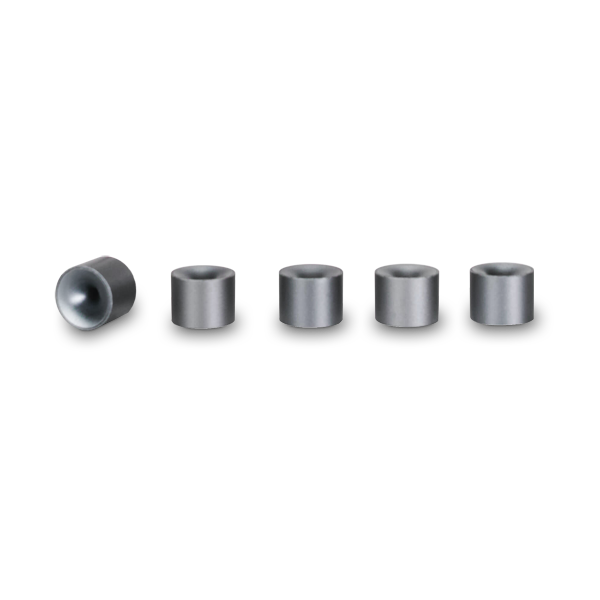
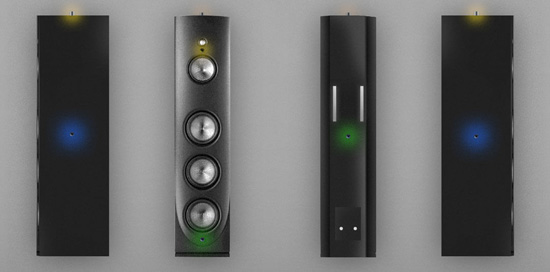
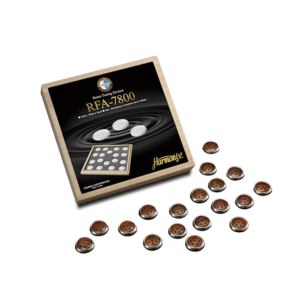
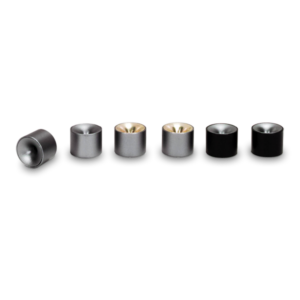
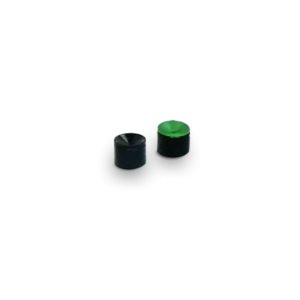
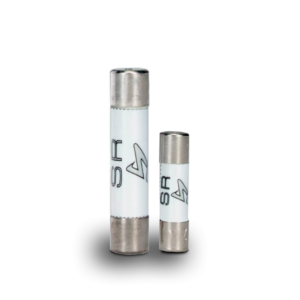
Bewertungen
Es gibt noch keine Bewertungen.